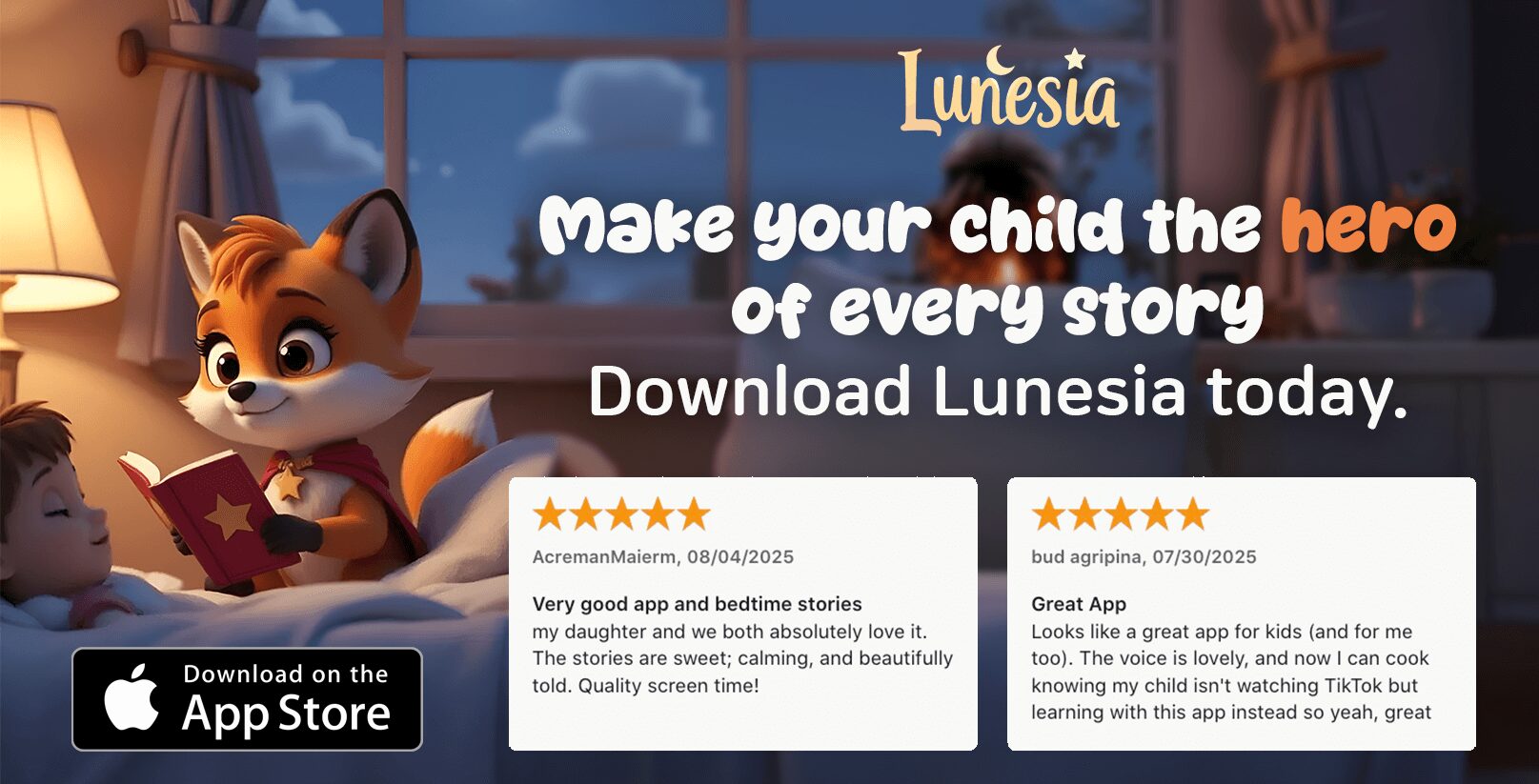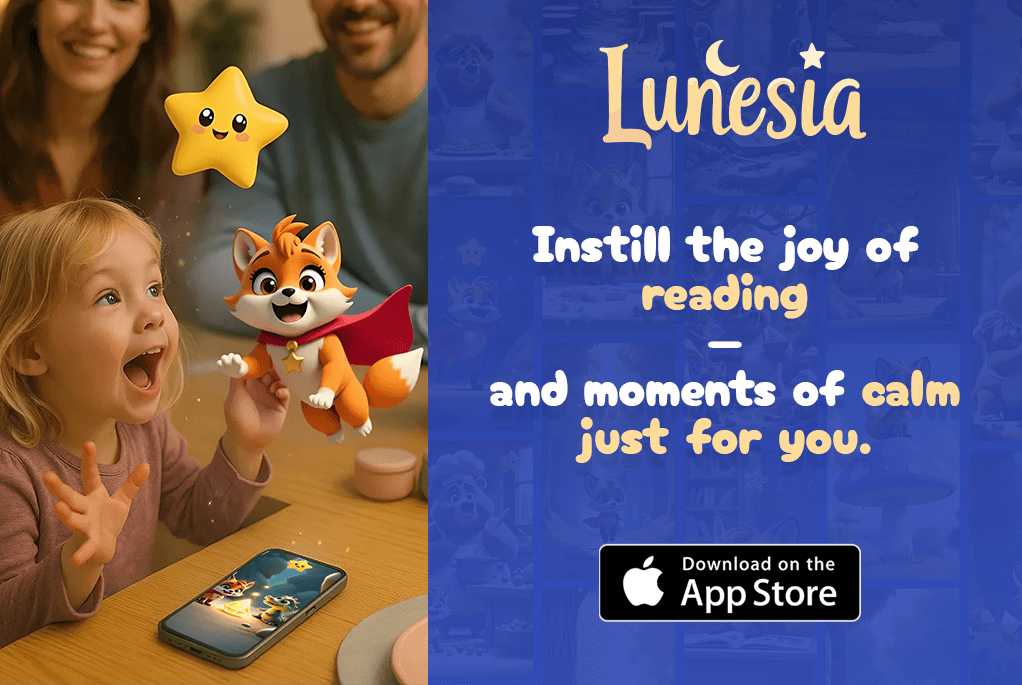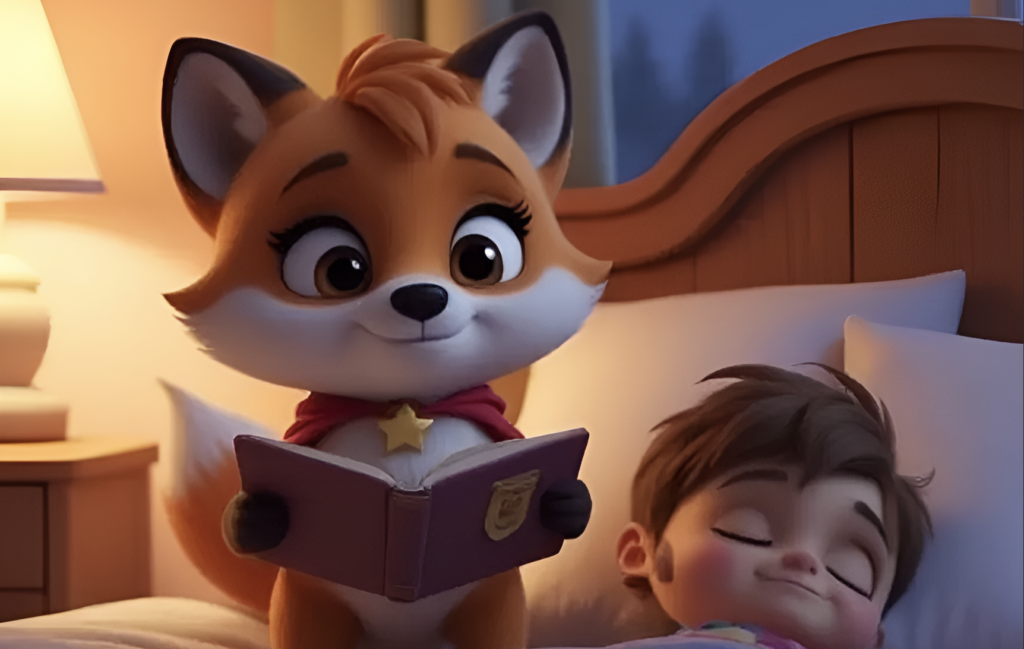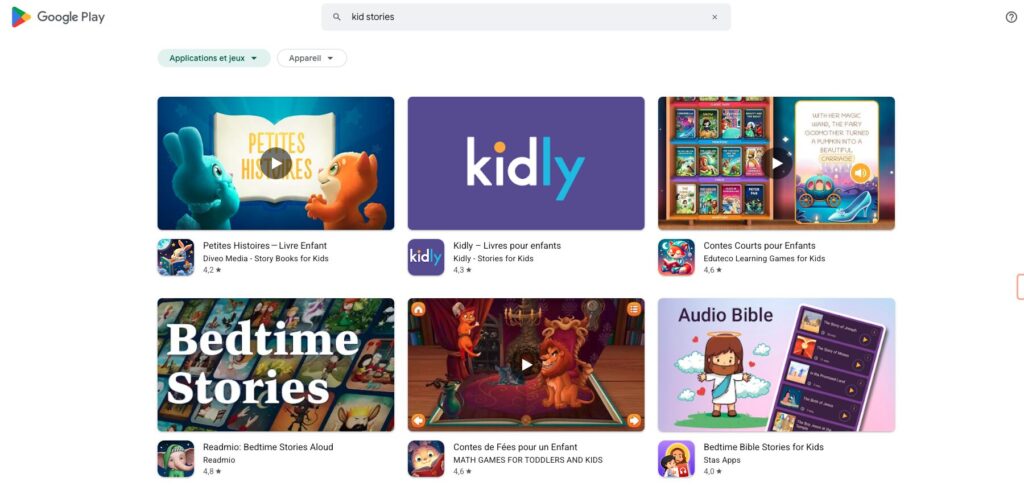I still remember the first time my son picked up a book on his own. It wasn’t just any book—it was a colorful, engaging story about a curious little bear. That moment sparked something in him, and I realized how powerful the right story can be in shaping a child’s love for reading.
As a teacher, I’ve seen this magic happen in the classroom too. When students find books that match their interests and reading level, they’re more likely to dive in and explore. It’s not about the number of books on the shelf but the quality and variety that truly matter.
From fantasy to historical fiction, offering a range of genres can open doors to new worlds. Research shows that dedicated reading time helps students build essential skills and confidence. Whether you’re a parent or a teacher, your role as a guide is crucial in this process.
Let’s create spaces where every child feels inspired to pick up a book and discover the joy of reading. Together, we can nurture a lifelong love for literacy.
Engaging Collections and Story Selection
When I first set up my classroom library, I wanted it to feel like a treasure trove of stories. A place where every student could find something that sparked their curiosity and kept them coming back for more. The key to achieving this? Thoughtful organization and a wide variety of genres.
Building an Inspiring Classroom Library
Creating an inviting library starts with accessibility. Labeling shelves by genre, author, or series helps students quickly find what they’re looking for. For example, a “Mystery” section might include titles like The Westing Game or Nancy Drew, while a “Fantasy” section could feature Harry Potter or Percy Jackson.
Here’s a simple way to organize your library:
| Genre | Example Titles |
|---|---|
| Mystery | The Westing Game, Nancy Drew |
| Fantasy | Harry Potter, Percy Jackson |
| Historical Fiction | Number the Stars, Esperanza Rising |
Keeping the library tidy and visually appealing is also crucial. Use colorful bins or baskets to group books and rotate titles monthly to keep things fresh.
Exploring a Wide Range of Genres
Introducing students to diverse genres can open their minds to new worlds. Book talks and mini-lessons are great strategies to showcase different types of stories. For instance, a quick talk about Charlotte’s Web might inspire a student to try their first animal story.
“The more that you read, the more things you will know. The more that you learn, the more places you’ll go.” – Dr. Seuss
Encouraging students to explore genres they might not typically choose can lead to surprising discoveries. A student who loves adventure might find they also enjoy historical fiction or poetry.
By carefully selecting and organizing books, teachers can guide students toward stories that match their interests and reading levels. This not only supports their literacy development but also fosters a lifelong love for books.
Empowering Independent Reading in the Classroom
Every morning, I watch my students eagerly grab their favorite books, ready to dive into their own worlds. It’s a moment that reminds me how crucial it is to create a supportive environment where they feel confident to explore stories on their own.
Creating a Supportive Reading Environment
A nurturing classroom starts with dedicated spaces for silent reading. Quiet corners with comfortable seating and good lighting can make all the difference. These areas allow students to focus and immerse themselves in their chosen books.
Teacher-led mini-lessons are another powerful tool. Short, focused sessions on specific skills or genres help students build confidence. For example, a quick lesson on character development can enhance their understanding of Charlotte’s Web or Harry Potter.

Here are some practical steps to foster a supportive reading environment:
| Strategy | Benefit |
|---|---|
| Silent Reading Time | Improves focus and comprehension |
| Genre-Based Book Selection | Encourages exploration of diverse stories |
| One-on-One Conferences | Provides personalized guidance |
Empowering students to choose their own books is key. Labeling shelves by genre or reading level helps them find texts that match their interests and abilities. This autonomy fosters a sense of ownership and excitement.
Regular independent reading sessions are essential. Scheduling 15-30 minutes daily allows students to practice and build their skills. Over time, this consistency leads to noticeable growth in their reading abilities.
“The more that you read, the more things you will know. The more that you learn, the more places you’ll go.” – Dr. Seuss
Teacher encouragement plays a vital role. Celebrating progress, no matter how small, boosts confidence and motivates students to keep going. A simple “Great job!” can make a world of difference.
By combining these strategies, teachers can create a classroom where every student feels supported and inspired to read. This not only enhances their literacy skills but also nurtures a lifelong love for books.
Strategies to Foster Independent Reading Habits
Building a love for books in students starts with creating the right habits and routines. As a teacher, I’ve found that consistency and guidance are key to helping them develop confidence and curiosity. Here are some effective strategies to nurture these habits in the classroom.
Establishing Dedicated Reading Time
Setting aside 15-30 minutes daily for uninterrupted reading can make a big difference. This dedicated time allows students to immerse themselves in their chosen texts without distractions. It’s not just about the quantity of time but the quality of focus it brings.
Here’s how to make the most of this practice:
- Create a quiet, comfortable space for reading.
- Encourage students to select books that match their interests and reading levels.
- Use a timer to keep the session structured and consistent.
Guiding Student Choice Through Mini-Lessons
Mini-lessons are a powerful way to help students choose books wisely. These short, focused sessions can cover topics like genre exploration, understanding reading levels, or identifying personal interests. For example, a quick lesson on fantasy books might inspire a student to try Harry Potter for the first time.
Here’s a simple framework for mini-lessons:
- Introduce a specific topic or skill.
- Provide examples of books that fit the theme.
- Allow time for students to browse and select their next read.
Monitoring Progress with Reader Conferences
One-on-one conferences are an excellent way to track student progress and offer personalized support. During these meetings, I ask questions like, “What do you enjoy about this book?” or “What’s challenging you right now?” This helps me understand their needs and guide them toward the right resources.
Here’s how to make reader conferences effective:
| Step | Benefit |
|---|---|
| Set a regular schedule | Builds consistency and trust |
| Focus on strengths and goals | Boosts confidence and motivation |
| Provide actionable feedback | Encourages growth and improvement |
“Reading is to the mind what exercise is to the body.” – Joseph Addison
By combining these strategies, teachers can create a classroom culture that values and supports reading. This not only helps students build essential skills but also fosters a lifelong love for books.
Creativity Through Interactive Reading Activities
Interactive activities can turn a simple reading session into an unforgettable learning experience. When students engage with books in hands-on ways, their understanding and enthusiasm soar. These activities not only make reading fun but also deepen their connection to the text.
Engaging Discussions and Reflective Responses
One of the most effective ways to enhance learning is through lively discussions. Encourage students to share their thoughts on a book’s themes, characters, or plot twists. This fosters critical thinking and helps them articulate their ideas.
Reflective turn-and-talk sessions are another great strategy. Pair students and ask them to discuss their favorite parts of the story. This not only builds communication skills but also creates a sense of community in the classroom.

Incorporating Book Talks and Character Profiles
Book talks are a fantastic way to introduce new titles and spark excitement. A teacher or student can briefly present a book, highlighting its key elements. This often inspires others to pick it up and explore.
Creating character profiles is another engaging activity. Students can draw or write about a character’s traits, motivations, and development. This helps them analyze the story on a deeper level and improves their comprehension skills.
Here are some simple yet effective strategies to make reading interactive:
- Summarize a book in 280 characters to promote concise writing.
- Use reading ladders to categorize books by complexity.
- Host viewing parties for book trailers to introduce new titles.
By integrating these activities, teachers can transform reading time into a lively, interactive experience. This not only supports literacy development but also nurtures a lifelong love for books.
Conclusion
Watching a child discover the joy of books is one of the most rewarding experiences. By introducing engaging stories and creating a supportive environment, we can nurture a lifelong love for literacy. A well-organized classroom library and dedicated reading time are essential tools for fostering this passion.
Interactive activities, like book talks and character profiles, make learning dynamic and fun. Teachers play a vital role in guiding students toward texts that match their interests and reading level. Strategies such as mini-lessons and one-on-one conferences help build confidence and skills.
Every step taken to encourage reading—whether through thoughtful book selection or creative activities—helps students grow into confident, capable learners. Let’s create spaces where every child feels inspired to explore the world of books. Together, we can transform classrooms into hubs of curiosity and discovery.
FAQ
How can I help my child choose the right book for their level?
Start by understanding their interests and abilities. Visit your local library or bookstore together, and let them explore different genres. Look for texts that match their skill level but also spark curiosity. Teachers often use tools like Lexile levels or guided recommendations to help students find books that are just right.
What’s the best way to create a supportive environment for reading at home?
Designate a cozy, quiet space with good lighting and comfortable seating. Keep a variety of books within reach, and set aside dedicated time daily for this activity. Encourage your child to share what they’ve read, and show enthusiasm for their choices. This fosters a positive connection with books.
How can teachers monitor progress during silent reading sessions?
Regular reader conferences are a great tool. These one-on-one discussions allow educators to assess comprehension, discuss challenges, and set goals. Teachers can also use reading logs or journals to track what students are reading and how they’re engaging with the material.
What are some fun activities to make reading more interactive?
Try hosting book talks where students share their favorite stories or create character profiles to dive deeper into the narrative. Encourage reflective responses through drawings, writing, or group discussions. These activities make the experience more engaging and meaningful.
Why is it important to let students choose their own books?
Allowing learners to pick their own texts boosts motivation and ownership. When they select something that aligns with their interests, they’re more likely to stay engaged and develop a lifelong love for books. It also helps them explore different genres and authors at their own pace.
How can I build a diverse classroom library?
Include books from various cultures, perspectives, and genres. Seek out works by diverse authors and illustrators. Regularly update your collection to reflect current interests and trends. A well-rounded library ensures every student finds something that resonates with them.




